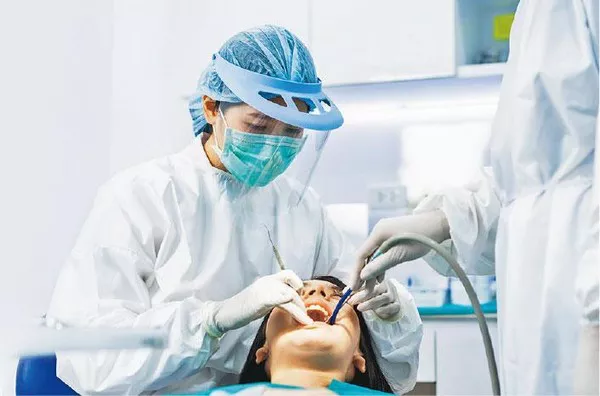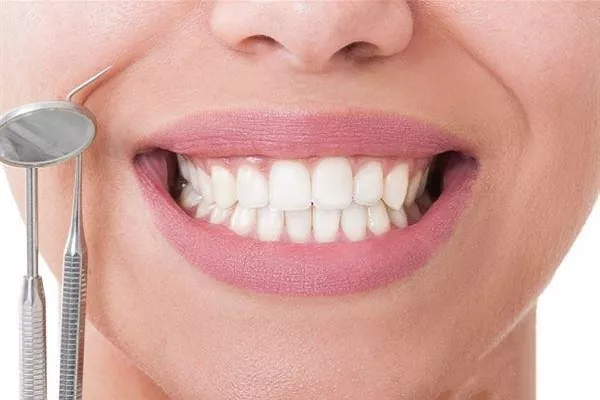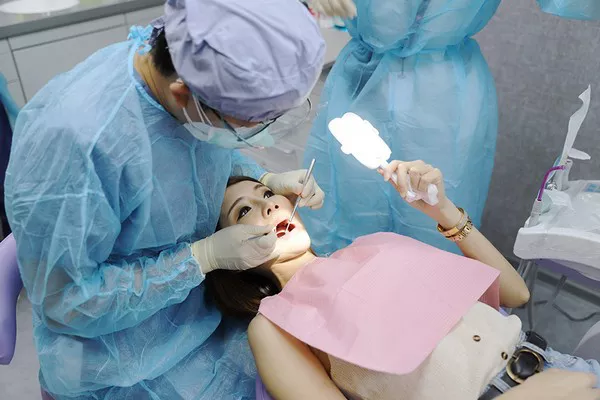A bright, white smile is often associated with good oral hygiene and aesthetics. Teeth whitening is a popular cosmetic dental procedure that aims to remove stains and discoloration, enhancing the appearance of your teeth. In recent years, the use of lights in conjunction with teeth whitening treatments has gained prominence. This has led to the question: Do lights help with teeth whitening? In this comprehensive guide, we will explore the role of lights in teeth whitening, how they work, and their effectiveness in achieving a whiter smile.
Understanding Teeth Whitening
Teeth whitening is a dental procedure designed to lighten the shade of your teeth and reduce staining or discoloration. It is a safe and non-invasive cosmetic treatment that can be performed in a dental office or at home using over-the-counter whitening products. Teeth whitening can effectively address various types of tooth stains, including those caused by:
Extrinsic Stains: These stains occur on the outer surface of the teeth and are often caused by factors like coffee, tea, red wine, tobacco, and certain foods.
Intrinsic Stains: These stains affect the inner structure of the tooth and can result from factors such as aging, genetics, or exposure to certain medications.
Fluorosis: Excessive fluoride exposure during tooth development can lead to fluorosis stains, which may require whitening treatment.
Common Methods of Teeth Whitening
Teeth whitening can be achieved through various methods, including:
In-Office Whitening: This professional procedure is performed in a dental office and often involves the application of a high-concentration whitening gel, sometimes in combination with light or laser activation.
At-Home Whitening: Over-the-counter whitening products, such as whitening strips, gels, and trays, allow individuals to whiten their teeth at home. These products typically have lower concentrations of whitening agents.
Custom Trays: Some dental professionals provide custom-fitted trays that patients can use at home with professional-grade whitening gel.
Whitening Toothpaste: Whitening toothpaste contains mild abrasives to help remove surface stains. While it can improve the appearance of teeth, it is less effective on deeper stains.
The Role of Lights in Teeth Whitening
Lights, such as LED (Light Emitting Diode) or laser devices, have become a popular addition to teeth whitening treatments. These lights are used in conjunction with whitening agents to enhance the effectiveness of the whitening process. Here’s how they work:
Activation of Whitening Gel: The primary function of lights in teeth whitening is to activate the whitening gel or solution applied to the teeth. When the gel is exposed to the specific wavelength of light, it initiates a chemical reaction that helps break down stains and discoloration.
Faster Results: Lights are believed to accelerate the whitening process, allowing for faster and more noticeable results in a shorter period compared to treatments without light activation.
Increased Penetration: Light energy is thought to enhance the penetration of the whitening gel into the tooth enamel, potentially reaching deeper stains.
Effectiveness of Lights in Teeth Whitening
The use of lights in teeth whitening has generated debate among dental professionals regarding its effectiveness. While some studies suggest that light activation may lead to improved results, others question the significance of this enhancement.
Factors influencing the effectiveness of light-assisted teeth whitening include:
Type of Light: The type of light used can impact results. LED lights are commonly used in many whitening treatments, while laser devices are typically reserved for professional in-office procedures.
Whitening Gel: The quality and concentration of the whitening gel also play a crucial role. Professional-grade gels used in dental offices tend to be more effective than over-the-counter products.
Individual Variability: Teeth may respond differently to whitening treatments based on their unique characteristics and the nature of the stains.
Adherence to Instructions: Following the recommended treatment duration and instructions is vital for achieving optimal results.
Conclusion
The use of lights in teeth whitening is a popular practice aimed at enhancing the whitening process and delivering faster, potentially more effective results. While some individuals may experience improved whitening outcomes with light-assisted treatments, the overall effectiveness may vary depending on several factors, including the type of light, the quality of the whitening gel, and individual variations in tooth composition and staining.
Before undergoing any teeth whitening procedure, it is advisable to consult with a dental professional who can assess your specific needs and recommend the most suitable whitening approach. Additionally, maintaining good oral hygiene practices and avoiding stain-causing substances can help prolong the longevity of your newly whitened smile.
Related Topics:






























